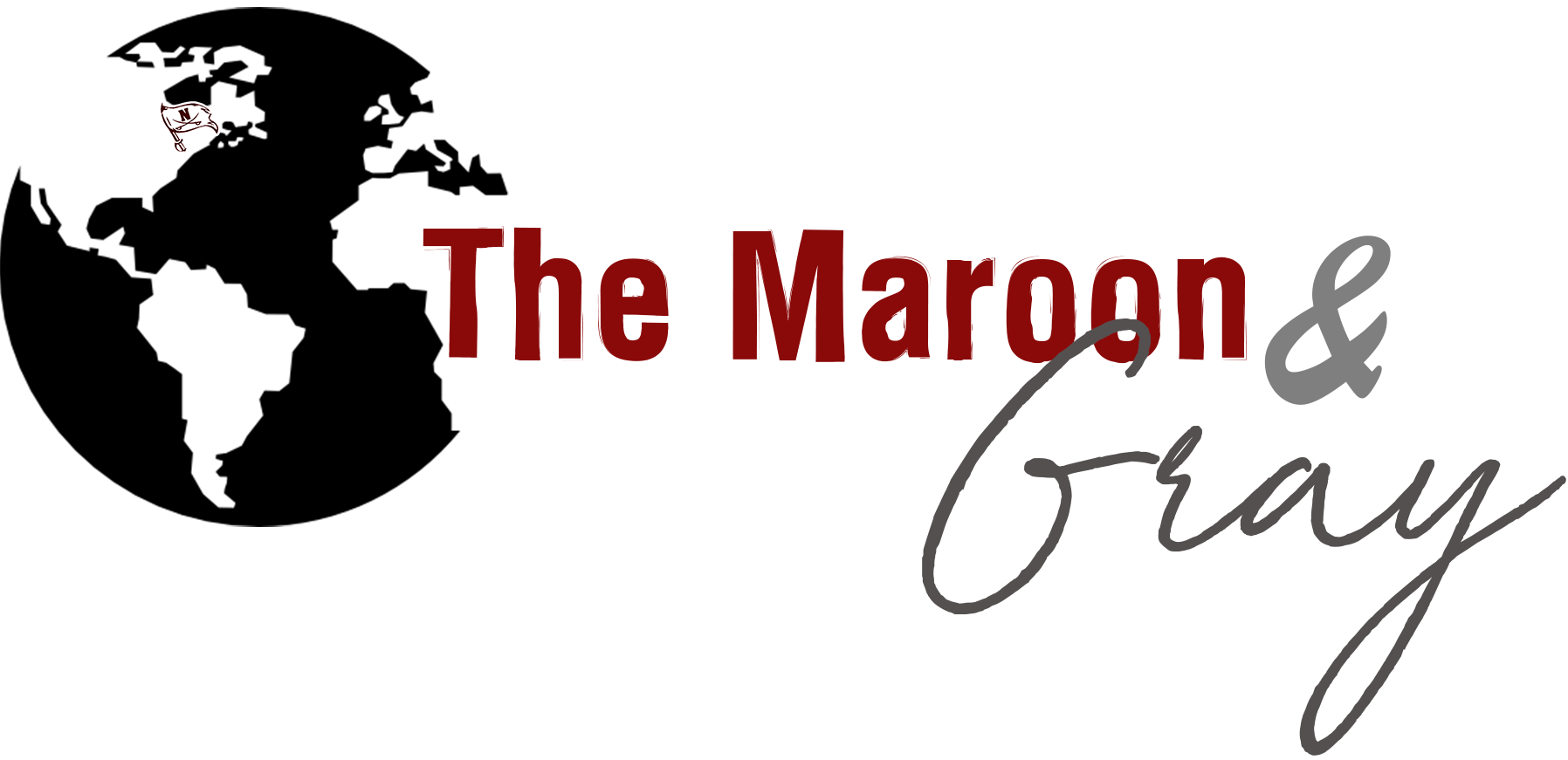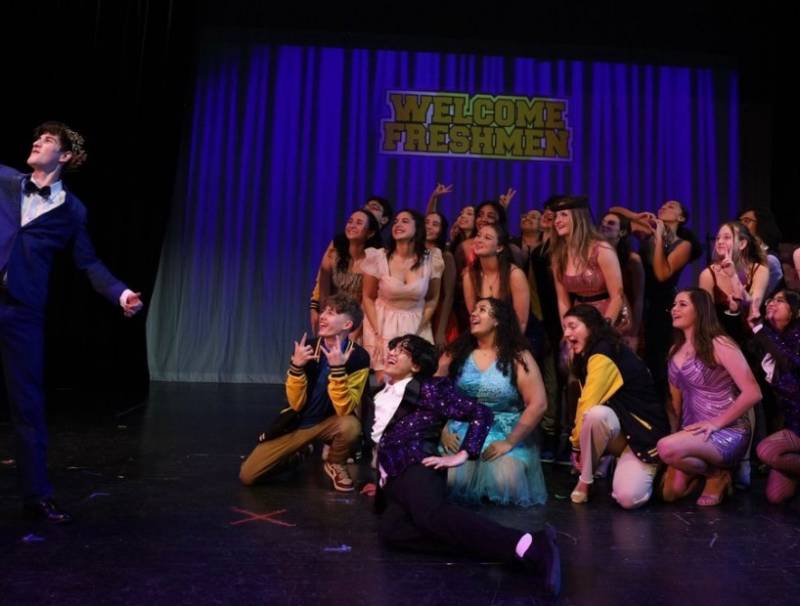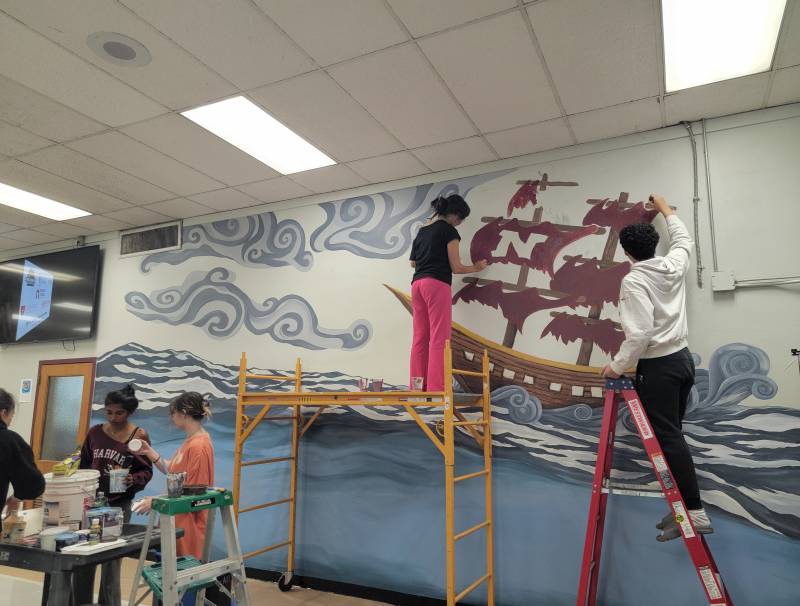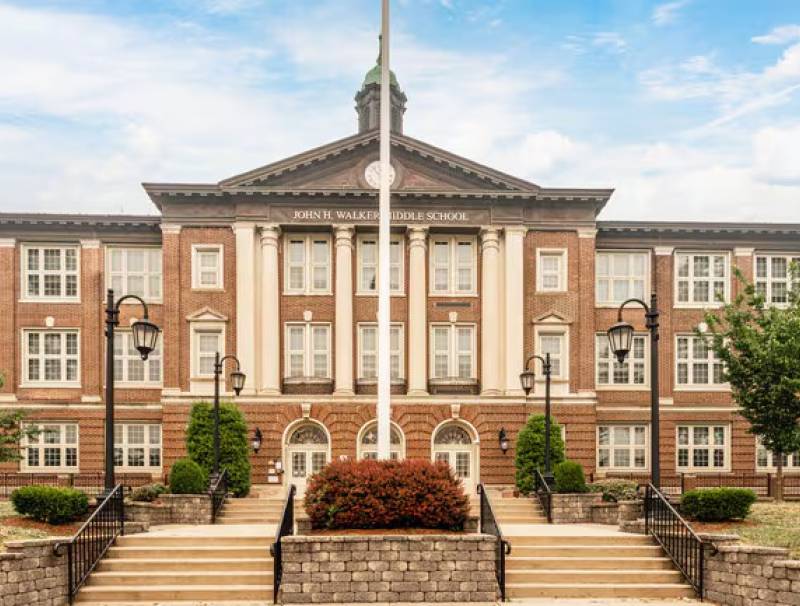Florida School Edits Girls' Yearbook Photos
Opening a yearbook is usually a moment of excitement for most students, however for one of Florida’s 1,485 public high schools, 80 students were shocked to see that their portraits had been altered to cover their chests and shoulders. All of the students were female and none were consulted by the school administration in regards to the edits.
The high school under fire is Bartram Trail High School in the St. Johns County School District, located in northwest St. Johns County, Florida. The student body is about evenly split between males and females; with a 50.4% male population and 49.6% female population. Bartram Trail High School also had been found to have issued 78% of its most recent dress code violations to female students according to several sources.
Freshman Riley O’Keefe, one of several girls to have had their picture altered, reacted to the poorly edited photos by saying, “I couldn’t believe that they printed the yearbook looking like that. And then I started to flip through the yearbook and saw more and more girls with their chests edited.” The students and their parents told local news outlets that they were embarrassed and shocked when they received their copies of the $100 yearbook. In response to the altered yearbook photos, students created an online petition stating that the dress code unfairly targets female students and is “clearly based on the sexualization of young women and their clothing, especially since many girls are told [that they are] dressed inappropriately or that what they are wearing may be ‘distracting’ to the boys.”
Thus, after I read the news story and saw the edited yearbook photos, I was saddened, disappointed and frustrated to see how at least 80 girls were sexualized and objectified by their school’s administration. Personally, I believe the school failed to consider the consequences of their actions and how altering the photos would negatively affect the girls’ relationships with their bodies. Ms. O’Keefe told WJAX, “[The school] is looking through children’s photos and looking at their chests. You’re not only affecting their photo, [but] you’re making them uncomfortable and [making them] feel like their bodies aren’t acceptable in a yearbook.” She also told The New York Times, “They need to recognize that it’s making girls feel ashamed of their bodies.” In agreement with Ms. O’Keefe’s statements, I believe the school’s decision to cover the girls’ chests and shoulders sexualized them and made them feel ashamed of their bodies.
As I continued reading the news story, I grew increasingly frustrated with the school’s reasoning behind editing the yearbook photos. Christina Langston, Chief of Community Relations, said in an email to CNN: “The yearbook coordinator made the decision to edit the photos based on her assessment that the females were not in dress code.” I ask: how did the students violate the school’s dress code? In my opinion, the girls were not dressed in revealing, provocative or inappropriate clothing. “We’re not doing anything wrong. Girls shouldn’t be referred to as inappropriate because it’s just our bodies,” said student Liz McCurdy, whose photo had been altered. Ms. McCurdy explained that she had worn the shirt in her photo multiple times at school, and has never been told that it’s inappropriate. Therefore, I believe that Bartram High School has unjustly policed the way female students dress and invalidated their own dress code.
The Florida high school has also received public criticism for the gender inequality within its dress code. In the section about all students, the dress code states, “students are prohibited from wearing clothing that exposes underwear or that exposes body parts in an indecent or vulgar manner.” It further states, “Tank tops and shirts are not acceptable except in physical education class.” The girls section says that girls cannot wear skirts that are shorter than four inches from the top of the knee. It adds, “Revealing clothing, pajamas and lingerie are not acceptable. Underwear must not be exposed. Hair curlers and excessive make-up shall not be permitted.” Although the dress code for boys and girls has three entries, the list of rules for the boys is shorter. Some of the rules for the boys are “boys pants/slacks must be worn at the waist. No boxer shorts or underwear must be visible. Mustaches and beards shall be neatly trimmed.” Pajamas and revealing clothing are also not permitted. Stephanie Fabre, Riley O’Keefe’s mother, said in a statement: “It comes on the heels of a much bigger issue of gender discrimination and these girls being targeted and sexualized for being told that their clothes are wrong. There’s inequality within their dress code.”
Many critics have pointed out that the yearbook has unedited photos of the boys’ swim team in Speedos, which would violate the dress code. Therefore, I must ask: How is this just or fair? O’Keefe said in another statement, “There’s no reason why our body should have to be censored and theirs are OK.” Hence, the school not only perpetuates the sexualization and objectification of young women, but also gender inequality, inequity and discrimination.
St. Johns County School District Superintendent Tim Forson told CNN, “It is disappointing to be addressing the student picture situation in the Bartram Trail High School Yearbook. Certainly, there has never been an intent to embarrass or shame any student for the clothes that they wear. Unfortunately, we are learning a valuable lesson in the importance of process and understanding that the intent is not always the result." As mentioned before, the school, whether it intended to or not, embarrassed students and made them feel ashamed of their bodies. Indeed, they are learning a valuable lesson and must learn from their mistake, modify their dress code, and issue an apology to the 80 female students and their parents. I sincerely hope that Bartram Trail High School - and all high schools in America - will stand by young women in the future and emphasize the importance of gender equality and equity.






